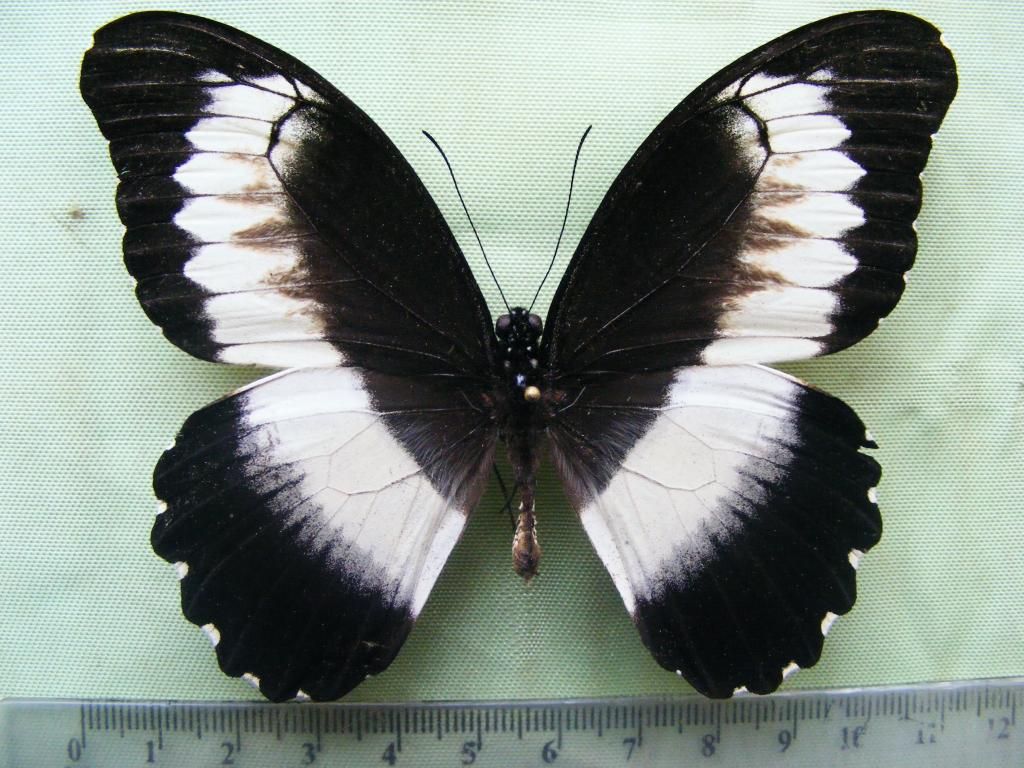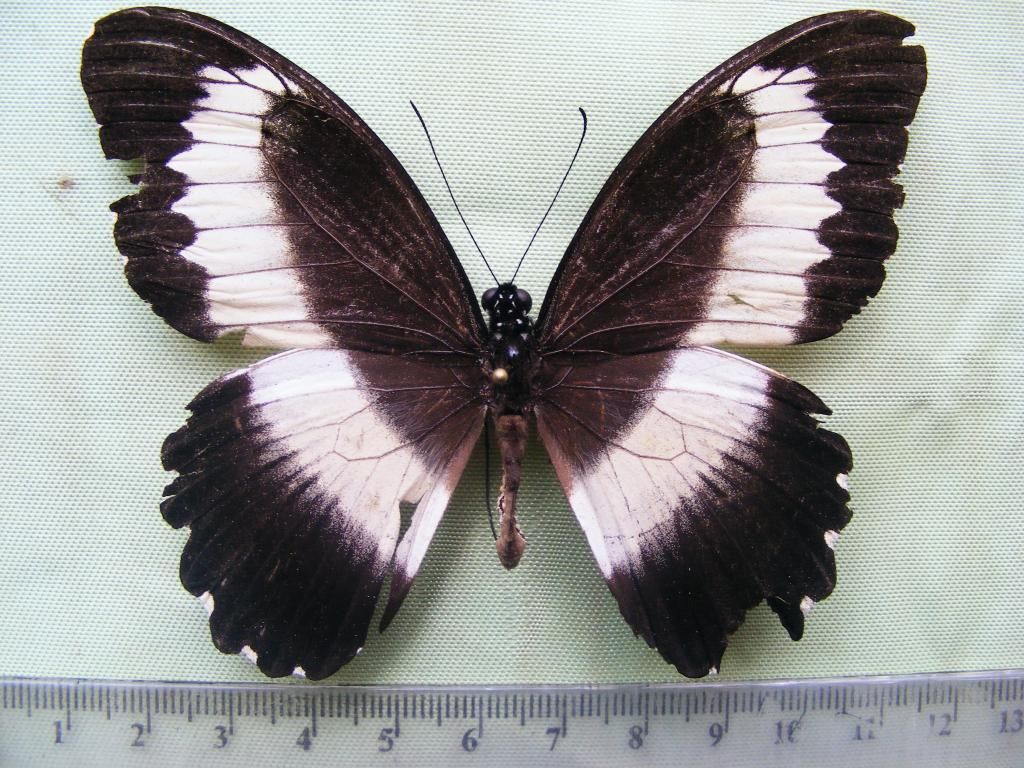|
|
Post by cabintom on Oct 1, 2014 17:29:45 GMT -8
I'm looking to learn. I've got the following 2 male specimens of P. mechowianus. Anyone have any ideas why the second specimen's androconial scales are so reduced? Do they wear off with age? Thanks.   |
|
|
|
Post by Adam Cotton on Oct 2, 2014 8:35:23 GMT -8
Since the androconia are indeed scales, I think it is quite likely that they can wear off with age.
Adam.
|
|
|
|
Post by cabintom on Oct 2, 2014 21:04:17 GMT -8
Ok, thanks Adam!
|
|
|
|
Post by Adam Cotton on Oct 3, 2014 10:15:12 GMT -8
I should add that probably they fall off each time the male hovers over females trying to attract them to mate.
Adam.
|
|
|
|
Post by lordpandarus on Oct 3, 2014 10:51:03 GMT -8
on the upper wings?
It seems it would leave somekind of mark but the bottom specimen has no "rubs" there
|
|
|
|
Post by cabintom on Oct 3, 2014 11:22:14 GMT -8
on the upper wings? It seems it would leave somekind of mark but the bottom specimen has no "rubs" there Yeah on the upper wings. They're quite prominent on the top specimen (which I understand is the usual case) but almost absent on the bottom specimen. |
|
|
|
Post by lordpandarus on Oct 3, 2014 19:38:10 GMT -8
it doesn't look like scales fell off though
|
|
|
|
Post by Adam Cotton on Oct 4, 2014 9:05:00 GMT -8
The androconial scales are like hairs on top of the normal wing scales. In Leptocircini and most Troidini these are kept in an anal fold in the hindwing. Some species of Papilio have them on the forewing. Basically they contain pheromones that stimulate the female during courtship, and the male will try to spray the female with these scales while trying to attract her to mate.
Of course a specimen caught when old may be "going bald", so to speak, so the androconia are sparse, revealing the normal scales below.
Adam.
|
|